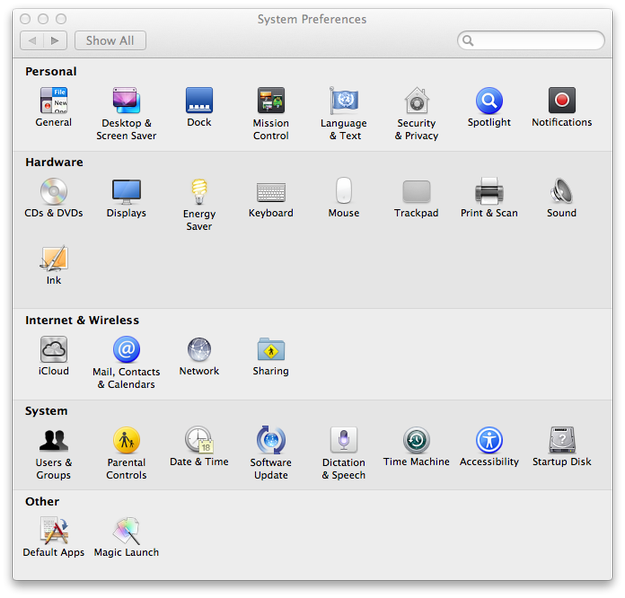- Show or hide filename extensions on Mac. A filename extension appears at the end of some filenames, and looks like a period followed by a few letters or words (for example,.jpg). A file’s filename extension shows what type of file it is and what apps can open it. Filename extensions are usually hidden in macOS, but if you find them useful.
- Got an Apple, Mac or iOS tech question? We have the answer. This time, we answer a reader's question about file extensions in OS X. Some people like 'em, some people don't - once upon a time, Mac.
Exports document content to a text file and saves text without formatting. Select this format only if the destination program cannot read any of the other available file formats. Uses the Mac Extended ASCII character set. Web Page (.htm) Saves the document for display on the Web.
2 file types use the .mac file extension.- 1.MacPaint Image
- 2.Application Macro File
File Type 1MacPaint Image
| Developer | Apple |
| Popularity | |
| Category | Raster Image Files |
| Format | Binary |
What is a MAC file?
Bitmap graphic created by MacPaint for the Macintosh, one of the first painting programs for the Mac; supports only black-and-white graphics since the original Macintosh had a monochrome monitor.
Open over 300 file formats with File Viewer Plus.Programs that open MAC files

File Extension For Macro Enabled Word Doc
File Type 2Application Macro File
| Developer | N/A |
| Popularity | |
| Category | Executable Files |
| Format | Text |
.MAC File Association 2
A MAC file contains a macro, which may be created by various programs, such as UltraEdit, Minitab, and Cabrilog Cabri Geometry II. It contains a list of commands in plain text that are used to perform functions in the respective application. MAC files can be opened by the programs that created them.
Macros are especially helpful for automating repetitive tasks. Users can record various types of functions, whether it be inserting a snippet of information, performing edits to an image, or calculating an equation, then execute them at a later time with just a couple mouse clicks or key combination.
When saving a recorded function, the MAC file is created to store the commands that were performed to complete the function. The commands are stored in plain text in the MAC file and can be opened and edited by a text editor. However, a macro stored in a MAC file can only be executed by the program used to create it.
NOTE: MAC files are potentially dangerous files because they may be used to store malware. It is important that you verify the source of a MAC file before opening it.
Programs that open MAC files
A: (Click here for Windows instructions.)
Mac OS X allows you to show or hide file extensions for individual files or display extensions for all files.
Individual Files
If you want to show or hide an extension for a single file, first open the file's information window. You can do this by selecting the file and clicking 'Get Info' from the File menu. Or you may right-click (Control-click) the file and select 'Get Info' from the contextual menu that pops up. When the information window opens, it should look something like this:
Notice the section towards the top of the window that says 'Name & Extension.'
If you would like to hide the file's extension, click the 'Hide extension' checkbox. If the file's extension is already hidden and you would like to show it, uncheck the 'Hide extension' box.

All Files
While Mac OS X hides file extensions by default, you can choose to show all file extensions, overriding the 'Hide extension' setting in the 'Get Info' window. To do this, click on the desktop to activate the Finder if is not already active and select 'Preferences...' from the Finder menu.
Then click on the Advanced tab in the Finder Preferences window as shown below:
Finally, check the 'Show all file extensions' box. All file extensions will now be visible both on the desktop and in open windows. If you want to hide file extensions again, simply open the Finder Preferences window and uncheck the box.
File Extensions For Macbook Pro
Updated: June 14, 2011
